Strengthening supervision of centralized slaughterhouses
According to the Provincial Department of Animal Husbandry and Veterinary Medicine (Department of Agriculture and Environment), the province has 11 concentrated animal slaughterhouses in operation. Many of these are equipped with modern mechanical production lines with a designed capacity of 400-800 pigs per day, ensuring quarantine procedures and food safety.
Veterinary staff check the vehicle transporting pigs to the slaughterhouse of Quy Nhon Food Production and Processing Company Limited. Photo: Trong Loi
At the slaughterhouses of Quy Nhon Food Production and Processing Company Limited (Quy Nhon Dong and An Nhon Dong wards), the disease control process has been raised to the highest level. Mr. Nguyen Quang Thai - Deputy Director of the Company - said: "Previously, each slaughterhouse slaughtered 200 - 400 pigs/day. However, when African swine fever appeared, the output dropped sharply, to only about 25 - 160 pigs/day/facility. Although the slaughter volume is less, the input inspection work is tightened. Only pigs with full documents and clinically healthy are allowed to be slaughtered."
CP Vietnam Livestock Joint Stock Company's NM2 factory (located in Nhon Hoa Industrial Park, An Nhon Nam Ward) is also a bright spot in disease prevention and control. Mr. Tran Van Linh - Production Manager at the factory - informed: "From the stage of importing pigs to exporting goods, the entire process includes nearly 20 strict inspection steps. Pigs are transported by specialized vehicles with quarantine certificates and are thoroughly disinfected before being put into the barn. Each slaughter stage is inspected by veterinary staff."
Veterinary forces closely monitor the pig slaughter inside Factory NM2 of CP Vietnam Livestock Joint Stock Company. Photo: Trong Loi
The slaughter line at Factory NM2 is designed separately according to the "dirty - clean" process, with an automatic cooling and disinfection misting system, ensuring biosafety. All products after being cut into pieces and classified are carefully checked before being put into cold storage. Transport vehicles are also monitored via GPS system to ensure storage conditions throughout the distribution process.
Tighten inspections at markets and small slaughterhouses
Although centralized slaughterhouses are well controlled, the management of nearly 800 small slaughterhouses in the province still faces many difficulties. Spontaneous slaughtering and transportation of pigs of unknown origin still pose a risk of spreading disease to the community. In response to this reality, the Provincial Department of Animal Husbandry and Veterinary Medicine has directed regional livestock and veterinary stations to strengthen coordination with local authorities to inspect, detect and strictly handle violations.
Mr. Doan Van Diep - Vice Chairman of Tuy Phuoc Bac Commune People's Committee - shared: "The commune has established a team to inspect and monitor pork trading activities at the markets. Since the outbreak, no households are allowed to slaughter pigs at home. All pigs must be brought to centralized slaughterhouses."
Along with control measures at slaughterhouses and markets, the veterinary sector is also stepping up propaganda work to raise awareness of disease prevention in the community, especially among livestock farmers.
Mr. Huynh Ngoc Diep, Head of the Provincial Department of Animal Husbandry and Veterinary Medicine, emphasized: “African swine fever is a major threat to the livestock industry and food safety. Therefore, we have identified the key task at this time as closely monitoring the disease right at the grassroots level, detecting it early, and handling it promptly to contain the disease, preventing it from spreading widely. In addition, the Department is focusing on strict control from the stages of livestock farming, transportation, slaughtering to consumption.
All pork products brought to the market must have a clear origin, be fully quarantined and veterinary controlled. We also coordinate closely with local authorities to thoroughly handle small-scale slaughterhouses, prevent the trading and transportation of pigs of unknown origin because these are links that can easily cause disease outbreaks."
Source: https://baogialai.com.vn/gia-lai-kiem-soat-giet-mo-dam-bao-thit-heo-sach-den-tay-nguoi-tieu-dung-post562760.html


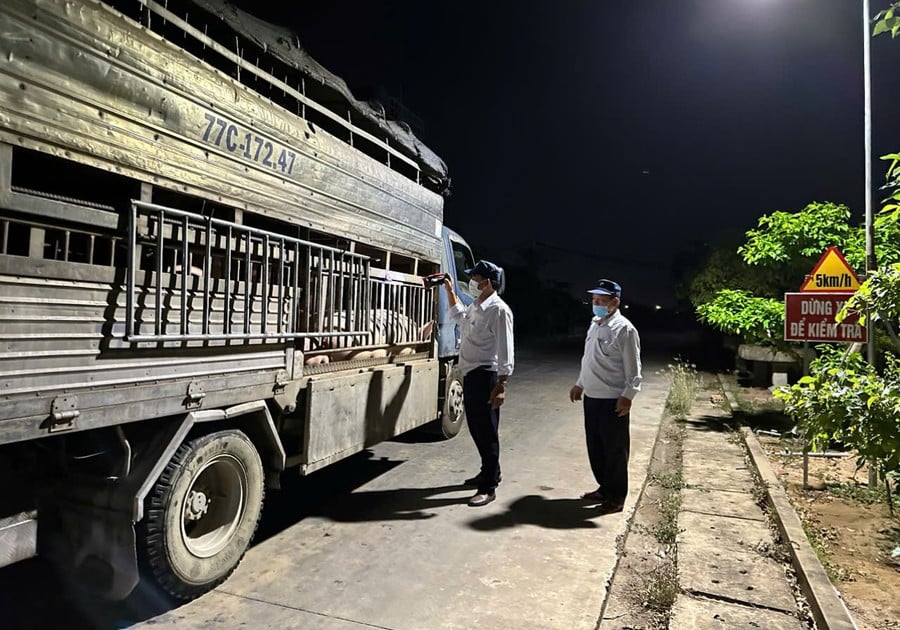



















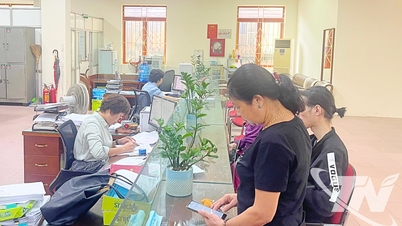



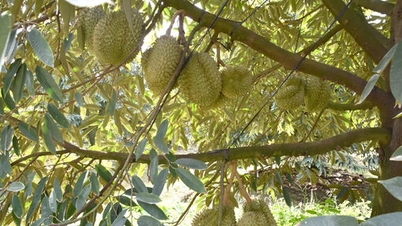

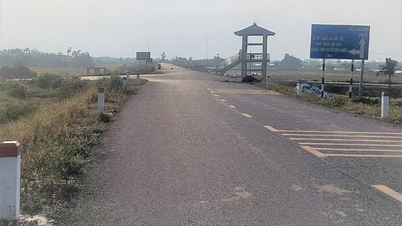











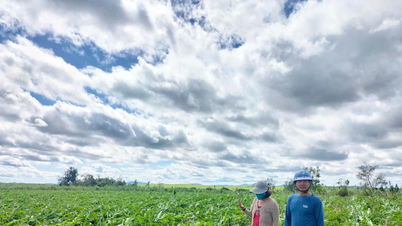




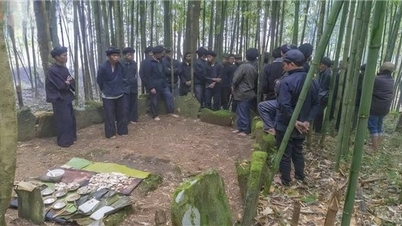











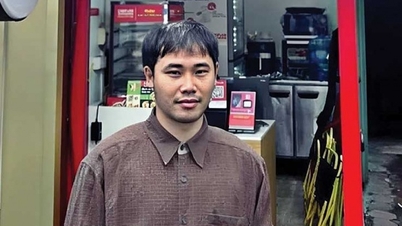



















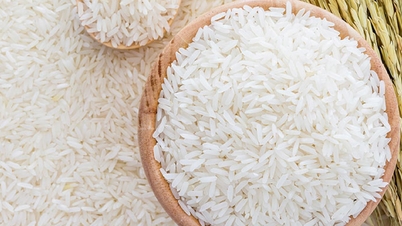
![[Infographic] Vietnam's stock market exceeds 11 million trading accounts](https://vphoto.vietnam.vn/thumb/402x226/vietnam/resource/IMAGE/2025/11/09/1762677474332_chungkhoanhomnay0-17599399693831269195438.jpeg)

















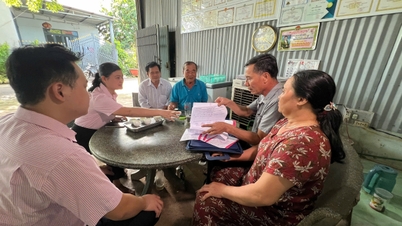







![Dong Nai OCOP transition: [Part 2] Opening new distribution channel](https://vphoto.vietnam.vn/thumb/402x226/vietnam/resource/IMAGE/2025/11/09/1762655780766_4613-anh-1_20240803100041-nongnghiep-154608.jpeg)












Comment (0)